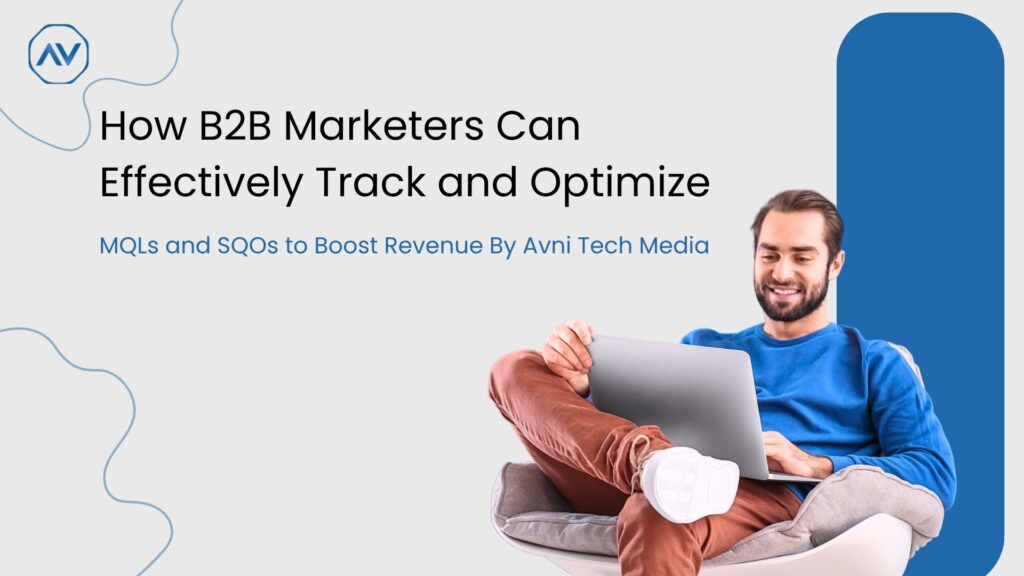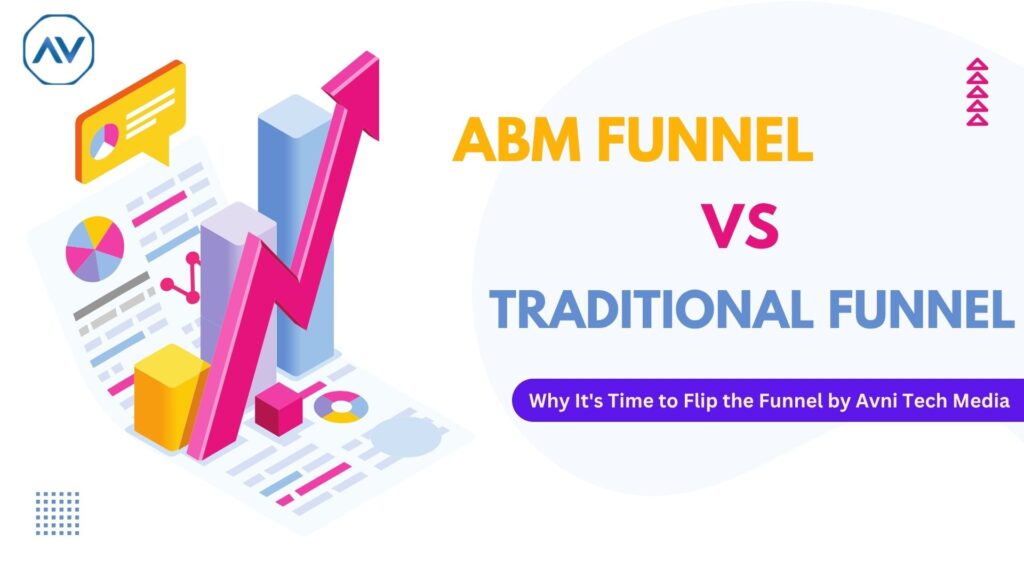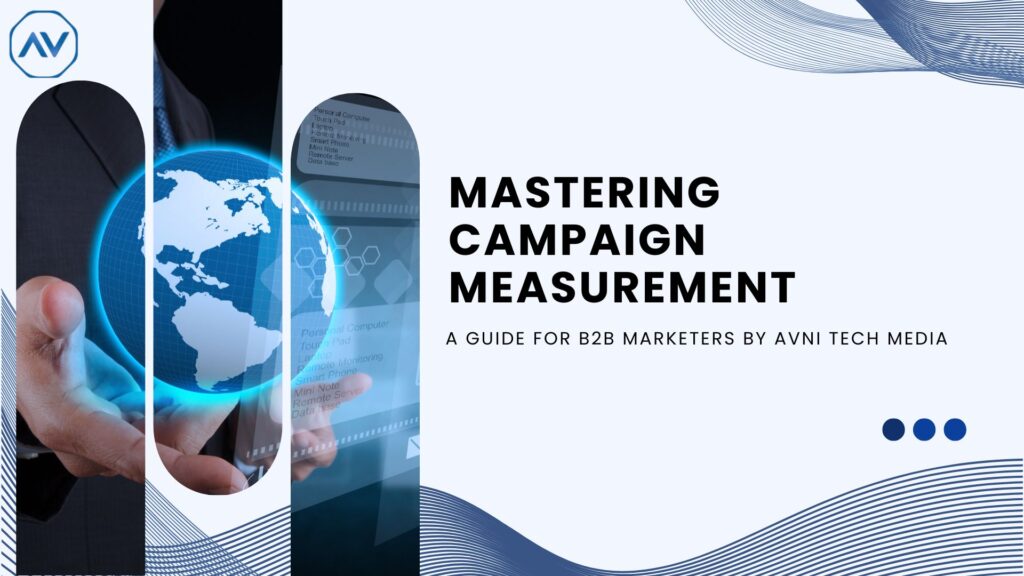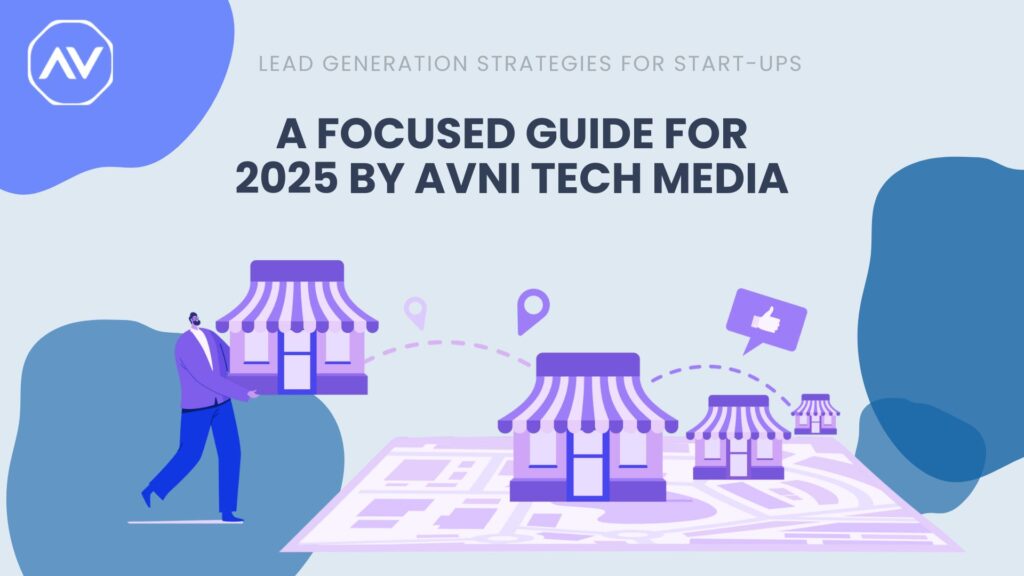How B2B Marketers Can Effectively Track and Optimize MQLs and SQOs to Boost Revenue By Avni Tech Media
How B2B Marketers Can Effectively Track and Optimize MQLs and SQOs to Boost Revenue By Avni Tech Media B2B marketers aiming to drive revenue must go beyond simply generating leads—they need to rigorously track, qualify, and optimize Marketing Qualified Leads (MQLs) and Sales Qualified Opportunities (SQOs). Here’s a comprehensive approach to making MQLs and SQOs true growth drivers, not just vanity metrics. 1. Define and Continuously Refine Lead Qualification Criteria Set Clear MQL and SQO Definitions: Establish what constitutes an MQL and an SQO for your business, factoring in firmographics, behaviors, and engagement signals. Use Intent-Based Lead Scoring: Leverage buyer signals such as product comparison activity, sales page visits, and competitor engagement to score and prioritize leads. Regularly Revisit Criteria: As your market and offerings evolve, update your definitions and scoring models to ensure only high-potential leads move forward. 2. Align Sales and Marketing Teams Collaborative Qualification: Ensure both teams agree on what makes a lead “qualified” and when to hand off from marketing to sales. Pipeline Contribution Tracking: Move beyond MQL volume—track how many MQLs actually convert to SQOs and revenue, and adjust strategies accordingly. 3. Leverage Data, Analytics, and Automation Track Key Metrics: Use analytics tools (e.g., Google Analytics, HubSpot, Salesforce) to monitor MQL and SQO volumes, conversion rates, and cost per lead/opportunity. A/B Testing: Continuously test campaign elements—emails, CTAs, landing pages—to identify what drives higher-quality leads and conversions. Automated Nurturing: Use email automation and personalized content to move MQLs through the funnel, increasing their likelihood of becoming SQOs. 4. Prioritize Lead Quality Over Quantity Segment and Personalize: Target MQLs based on behavior, industry, and company size to deliver tailored messaging and offers. Focus on Engagement: Track which channels and content generate the most engaged and high-converting leads, then double down on those tactics. Integrate Account-Based Marketing (ABM): Shift from broad lead generation to targeted, multi-channel engagement with high-value accounts for better conversion and larger deal sizes. 5. Optimize the Sales Funnel and Lead Journey Map the Lead Journey: Analyze the path from initial engagement to MQL, SQO, and closed deal. Identify bottlenecks or drop-off points and address them with targeted interventions. Regular Funnel Audits: Evaluate each funnel stage to ensure qualified leads aren’t slipping through the cracks and that handoffs are seamless. 6. Measure, Attribute, and Iterate Revenue Attribution: Tie MQLs and SQOs to closed revenue to understand which campaigns and channels truly drive business outcomes. Cost Analysis: Calculate cost per MQL and cost per SQO to optimize marketing spend and improve ROI. Continuous Improvement: Use insights from tracking and attribution to refine targeting, messaging, and channel mix for ongoing performance gains. Key Takeaways Better Data and Alignment = More Revenue: When sales and marketing collaborate on qualification and attribution, MQLs and SQOs become powerful levers for growth. Intent and Personalization Matter: Focusing on buyer intent and delivering personalized experiences increases conversion rates and deal sizes. Optimize Relentlessly: The most successful B2B marketers treat MQL and SQO optimization as an ongoing process, not a one-time project. By adopting these strategies, B2B marketers can transform their lead management processes, boost conversion rates, and drive measurable revenue growth. Avni Tech Media Have Tailored Solutions Expert Team Proven Results







